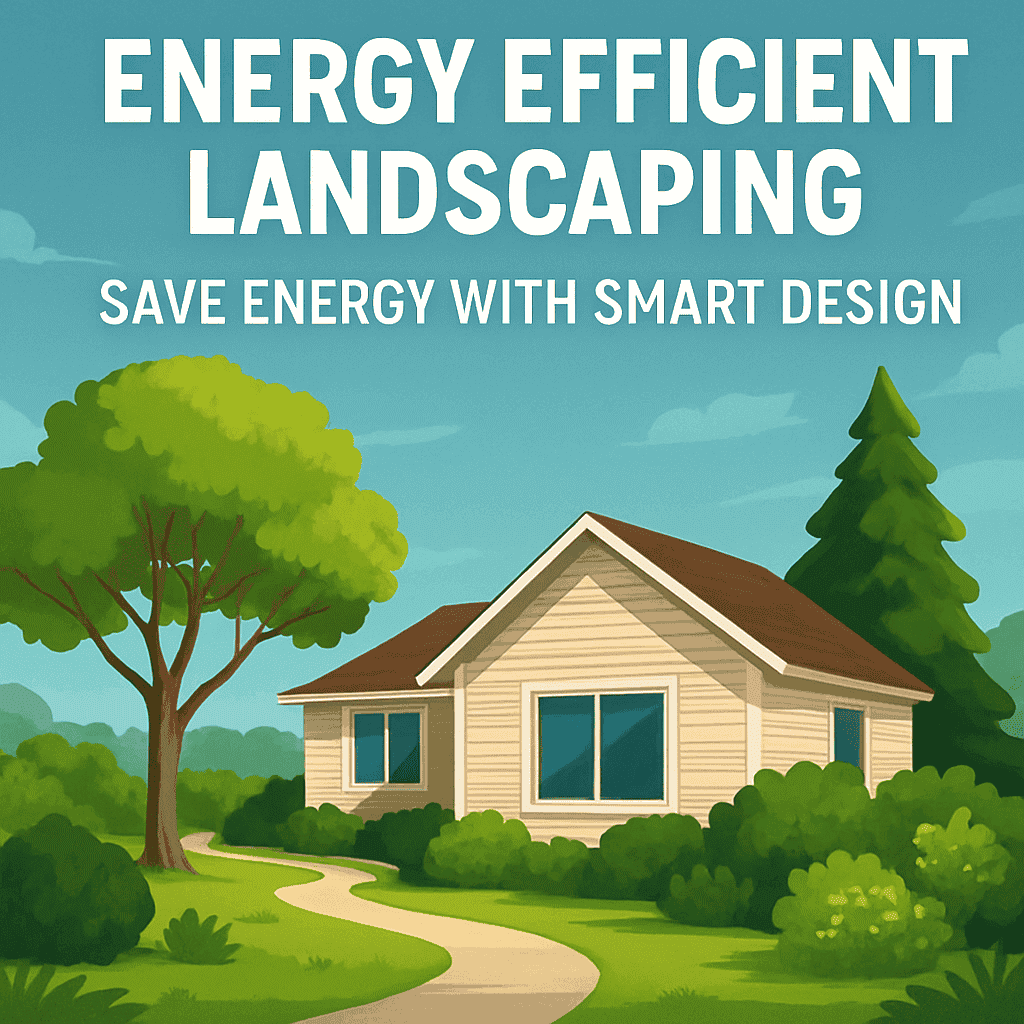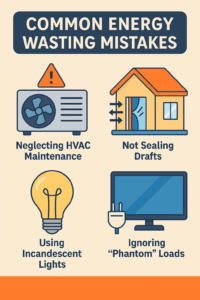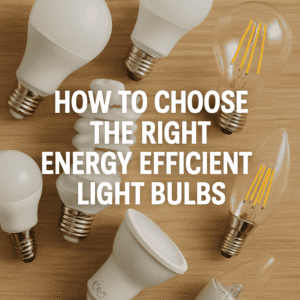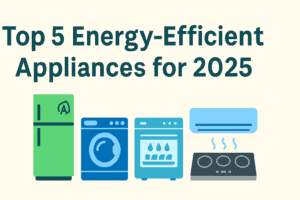Energy Efficient Landscaping: Save Energy with Smart Design
Why Energy Efficient Landscaping is a Game-Changer for Homeowners
When most people think of saving energy at home, they picture upgrading insulation, installing solar panels, or buying energy-efficient appliances. But there’s one powerful energy-saving tool that often gets overlooked is energy efficient landscaping. This isn’t just about having a pretty yard; it’s about designing your outdoor space in a way that naturally reduces heating and cooling costs, improves comfort year-round, and even boosts property value.
Imagine cutting your air conditioning bills in half during the summer, or keeping your home warmer in the winter and all this without touching your thermostat. That’s the magic of strategic landscaping. By using plants, trees, shading structures, and smart design principles, you can create a microclimate around your home that works with nature, not against it.
In 2025, as energy costs keep rising and climate change impacts grow more visible, homeowners are looking for practical, affordable, and sustainable solutions. Energy efficient landscaping is one of the smartest, most underutilized methods to achieve that. It’s a long-term investment that pays you back in comfort, savings, and environmental benefits.
Over the next few sections, you’ll discover exactly how to plan and implement landscaping that:
- Blocks cold winter winds and hot summer sun.
- Uses plant placement to maximize shade and natural cooling.
- Incorporates water-saving techniques like xeriscaping.
- Enhances the beauty and usability of your property while cutting energy costs.
- Integrates with other home efficiency strategies like energy-efficient window treatments and solar inverters.
By the end of this ultimate guide, you’ll not only understand the principles behind energy efficient landscaping, but you’ll also have a clear, actionable plan you can start using right away whether you live in a hot desert climate, a cold snowy region, or somewhere in between.
So, grab your notebook (and maybe a sun hat), because we’re about to walk through the smartest ways to use your yard to save energy and money, year after year.
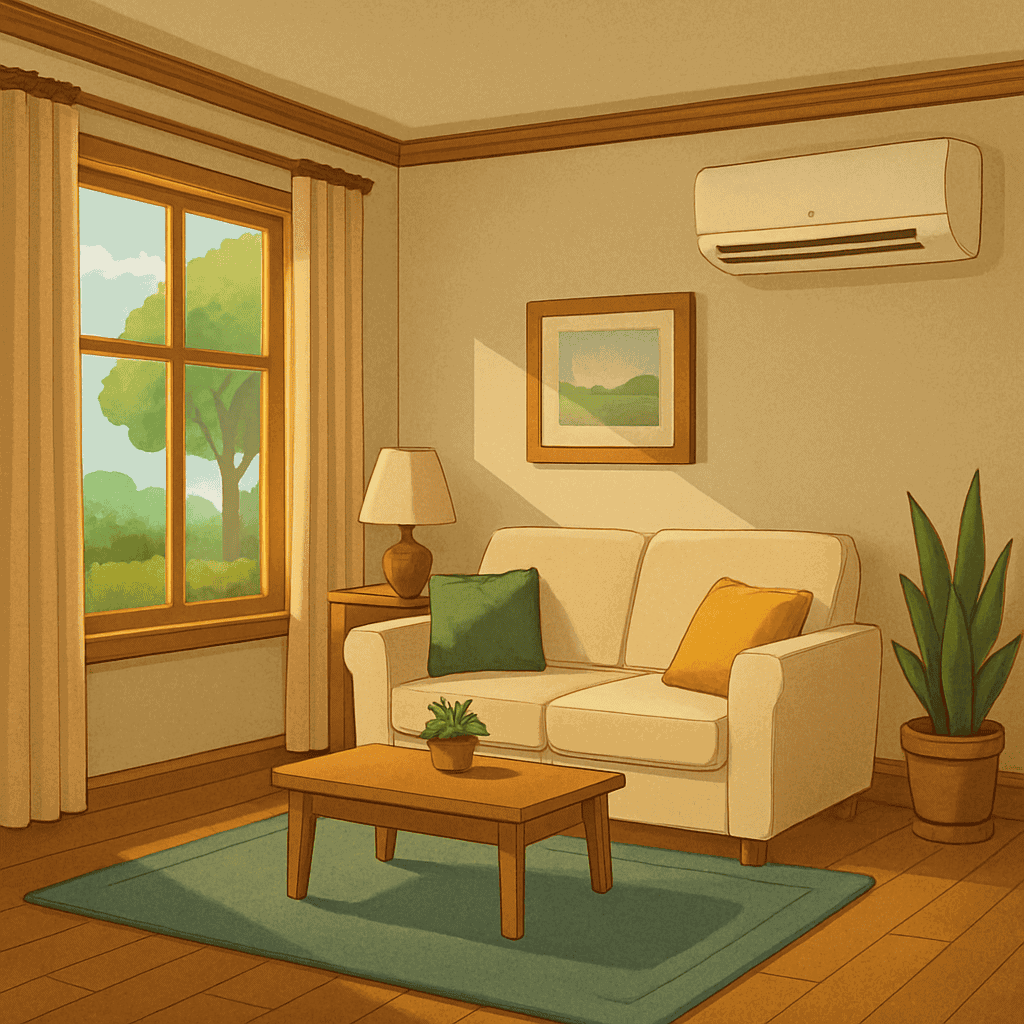
1. What is Energy Efficient Landscaping?
Energy efficient landscaping is the art and science of designing outdoor spaces to reduce energy consumption inside your home. It involves strategically planting trees, shrubs, and ground cover, as well as integrating hardscape elements like fences and trellises, to modify your home’s microclimate.
2. How Landscaping Impacts Energy Use
Your yard influences how much sunlight, wind, and moisture reach your home. Proper design can:
- Shade walls, windows, and roofs in summer.
- Break the force of cold winter winds.
- Reduce heat loss through windows.
- Lower air conditioning needs by up to 50%.
3. The Science Behind Energy Efficient Landscaping
This approach relies on principles like:
- Evapotranspiration: Plants release moisture, cooling the air naturally.
- Windbreaks: Barriers like hedges slow down cold winds.
- Thermal mass: Rocks and hardscape elements store and release heat.
4. Benefits Beyond Energy Savings
While the primary goal is reducing energy costs, energy efficient landscaping also offers:
- Improved curb appeal.
- Increased property value.
- Better air quality and reduced pollution.
- Habitat for pollinators and local wildlife.
5. Climate-Specific Landscaping Strategies
For Hot Climates
- Plant deciduous trees on the south and west sides to block summer sun.
- Use reflective mulch to reduce heat absorption.
For Cold Climates
- Evergreen trees on the north side to block winter winds.
- Low shrubs around the foundation to insulate walls.
6. Choosing the Right Plants
- Deciduous trees: Provide shade in summer, allow sun in winter.
- Evergreens: Year-round wind protection.
- Native plants: Require less water and maintenance.
Learn more about energy efficiency strategies here.
7. Water-Saving Landscaping Techniques
- Xeriscaping for energy efficiency: Low-water-use plants.
- Drip irrigation: Efficient water delivery.
- Mulching: Retains soil moisture and regulates temperature.
8. Landscaping for Solar Energy Optimization
If you have solar panels, plant trees so they provide shade without blocking sunlight to panels.
Read our solar inverter guide here.
9. Hardscaping Elements for Energy Savings
- Trellises with climbing plants for wall shading.
- Pergolas over patios to reduce reflected heat.
- Light-colored paving to reflect sunlight.
10. Seasonal Maintenance Tips
- Trim trees to avoid blocking winter sunlight.
- Add mulch before summer to reduce watering needs.
- Remove snow from windbreak trees to prevent damage.
11. DIY vs. Professional Landscaping
While you can design a plan yourself, professionals can:
- Select optimal plant varieties.
- Create accurate shade and wind studies.
- Ensure long-term growth planning.
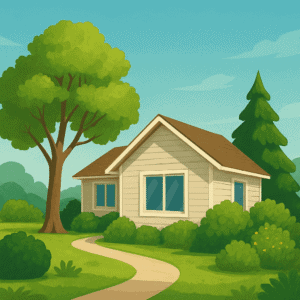
12. Budget-Friendly Energy Efficient Landscaping Ideas
- Plant fast-growing shade trees.
- Use recycled materials for hardscape.
- Start with small shrubs and let them grow over time.
13. Common Mistakes to Avoid
- Planting too close to your home.
- Blocking beneficial winter sunlight.
- Overwatering or under-mulching.
14. Integrating Landscaping with Other Home Efficiency Upgrades
Pair landscaping with:
15. Frequently Asked Questions about Energy Efficient Landscaping
Q1: How much can I save on energy bills with energy efficient landscaping?
Depending on climate and design, savings can range from 10% to 50% on heating and cooling.
Q2: Does energy efficient landscaping work in cold climates?
Yes — strategic windbreaks can significantly reduce heat loss in winter.
Q3: What’s the best tree for summer shade?
Fast-growing deciduous trees like maple or oak are ideal.
Q4: Can I make my existing yard more energy efficient without starting over?
Absolutely — add windbreaks, shade trees, and mulch to improve efficiency.
Q5: How long until I see results?
Some benefits, like shade from fast-growing trees, can be felt in just 3–5 years.
Conclusion: Your Yard as an Energy-Saving Partner
Your home’s landscaping isn’t just a backdrop, it’s a powerful energy-saving tool. With smart plant placement, strategic shading, and thoughtful design, energy efficient landscaping can lower your utility bills, protect your home from harsh weather, and create a beautiful, functional outdoor space.
In the summer, you’ll enjoy cooler indoor temperatures and reduced air conditioning use. In the winter, you’ll benefit from natural windbreaks and better heat retention. By integrating techniques like xeriscaping, native planting, and seasonal maintenance, you can make your yard work for you 365 days a year.
The best part? This is a home improvement that keeps growing, literally. Every season, your plants become more effective at providing shade, shelter, and insulation. Whether you’re starting from scratch or enhancing an existing garden, energy efficient landscaping is one of the most cost-effective, sustainable, and attractive upgrades you can make.
So, don’t just think of your yard as decoration, think of it as a partner in your home’s energy efficiency journey. And remember, the sooner you start, the sooner you’ll be saving.
This post was on Energy Efficient Landscaping: Save Energy with Smart Design in 2025

